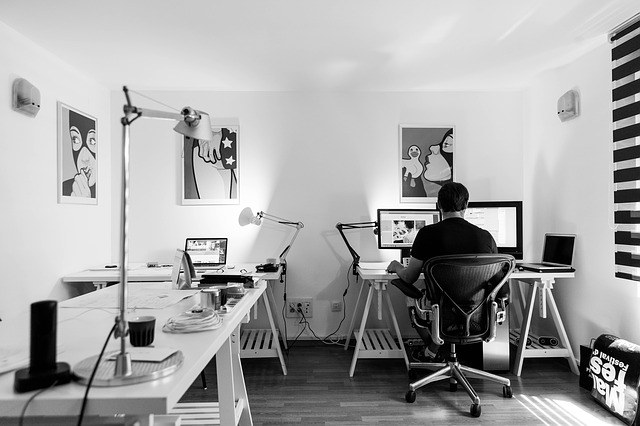Working places as learning spaces
 At the 2015 European Conference on Educational Research (ECER), I attended an interesting symposium led by Natasha Kersch and Karen Evans from the Institute of Education in London on learning spaces. I promised to contribute some pictures and ideas to the project. Predictably perhaps, I forgot, but due to their very welcome persistence have finally got my act together. I find the whole area fascinating: my working spaces have changed so much over the years. I am not quite sure I am providing what they want – instead of a few lines I think I am telling a story and instead of one photo have taken the indulgence of providing two for most of those short stories. Anyway below is the invite and scoping of the task. Over the next few days I will post my photos and stories on this biog.
At the 2015 European Conference on Educational Research (ECER), I attended an interesting symposium led by Natasha Kersch and Karen Evans from the Institute of Education in London on learning spaces. I promised to contribute some pictures and ideas to the project. Predictably perhaps, I forgot, but due to their very welcome persistence have finally got my act together. I find the whole area fascinating: my working spaces have changed so much over the years. I am not quite sure I am providing what they want – instead of a few lines I think I am telling a story and instead of one photo have taken the indulgence of providing two for most of those short stories. Anyway below is the invite and scoping of the task. Over the next few days I will post my photos and stories on this biog.
We would be very grateful if you could take part in ASEM ‘Working places as learning spaces’ research. Established in 2005 by the intergovernmental Asia-Europe Meeting (ASEM), the Lifelong Learning Hub (ASEM LLL Hub) is an international network of higher education institutions and educational policymakers from these two world regions. Its members, as institutions and individuals, work and learn together towards three aims: to achieve excellence in comparative research on lifelong learning; to offer research-based education policy recommendations; and to develop mutual understanding between Asia and Europe. The ASEM LLL Hub provides a platform for dialogue between researchers and policymakers, thereby contributing to evidence-based educational reform and innovation.
We are currently undertaking research on ‘workplace spaces as learning spaces’, specifically focusing on the ways people learn at work through different kinds of spaces: physical, virtual etc. As part of this process we are hoping to interview a small number of professionals involved with VET/adult education/ICT, specifically asking them to talk about their perceptions of ‘learning spaces’ at work (i.e. how people view their learning spaces at work). We would be most grateful if you could talk to us about your experiences of “learning spaces’ within your own professional practices . The interview will take around 30-40 min. As part of this research, we would also be really grateful if you could send us some photos that capture the idea of learning spaces that are important for you in your work and work practices (with a couple of lines of explanation for each picture). Those could relate to a variety of spaces: areas of your office, your desk, meeting room, , virtual space at your computer, cafeteria, etc.

[…] Attwell challenged me to describe my working place as a learning place: illustrating my description with five photographs. For me, like Steve Wheeler, work and learning are pretty much inseparable – indeed […]
[…] aktuelles Forschungsprojekt (”Working places as learning spaces”) und die Bitte der Researcher um einen Beitrag haben dazu geführt, dass uns Graham Attwell […]